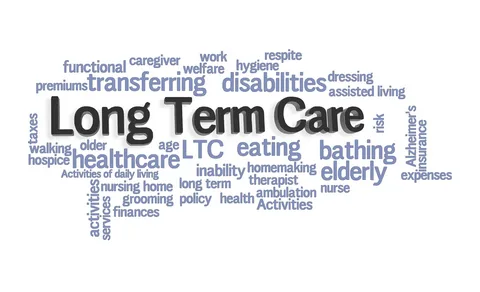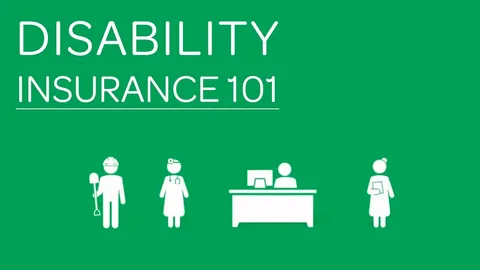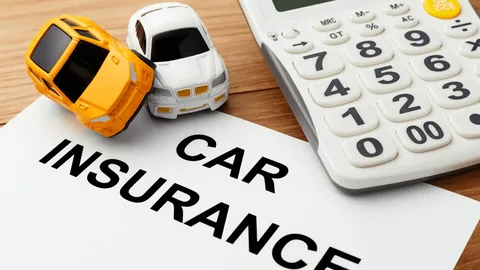Auto Insurance: Tips for Finding the Best Rates
Finding the right auto insurance at the best rates can often feel overwhelming. With numerous options and factors influencing premiums, understanding how to navigate the market is essential for saving money while ensuring you have the necessary coverage. This blog will provide practical tips for finding the best auto insurance rates without compromising on coverage.
Understanding Auto Insurance
Auto insurance is a contract between you and an insurance provider that protects you financially in the event of an accident, theft, or damage to your vehicle. In exchange for monthly premium payments, the insurer covers certain costs related to your vehicle and liability. Understanding the different types of coverage is the first step in finding the best rates.
Types of Auto Insurance Coverage
- Liability Coverage: This is mandatory in most states and covers damages to other people’s property or injuries if you’re at fault in an accident. It typically includes bodily injury liability and property damage liability.
- Collision Coverage: This covers damage to your vehicle resulting from a collision with another car or object, regardless of who is at fault.
- Comprehensive Coverage: This protects against non-collision incidents such as theft, vandalism, natural disasters, or hitting an animal.
- Personal Injury Protection (PIP): Also known as no-fault insurance, this covers medical expenses for you and your passengers, regardless of fault.
- Uninsured/Underinsured Motorist Coverage: This provides protection if you’re in an accident with a driver who has insufficient or no insurance coverage.
Tips for Finding the Best Auto Insurance Rates
- Shop Around: One of the most effective ways to find competitive rates is to get quotes from multiple insurance companies. Different insurers may have varying rates based on their risk assessment and pricing models. Use online comparison tools or contact agents directly to gather several quotes.
- Bundle Your Policies: Many insurance companies offer discounts for bundling multiple types of coverage, such as auto and home insurance. If you already have homeowners or renters insurance, consider combining them for potential savings.
- Increase Your Deductible: A higher deductible (the amount you pay out of pocket before insurance kicks in) can lower your premium significantly. However, ensure that the deductible amount is manageable for your budget in case of an accident.
- Take Advantage of Discounts: Insurers offer various discounts that can help reduce your premium. These may include:
- Safe driver discounts for a clean driving record.
- Good student discounts for young drivers with good grades.
- Discounts for low mileage or usage-based insurance programs that track your driving habits.
- Discounts for safety features in your vehicle, such as anti-lock brakes or advanced airbag systems.
- Maintain a Good Credit Score: In many states, insurers use credit scores as a factor in determining premiums. A higher credit score can lead to lower rates, so managing your credit effectively can pay off in the long run.
- Consider Your Coverage Needs: Evaluate your specific needs and consider if you need comprehensive or collision coverage, especially if you have an older vehicle. Reducing or eliminating coverage on an older car may lower your premium.
- Review Your Annual Mileage: If you drive less than the average person, inform your insurer. Low-mileage drivers may qualify for discounts, as they are statistically less likely to be involved in accidents.
- Stay Informed About State Requirements: Each state has different insurance requirements. Familiarize yourself with the minimum coverage required in your state, but consider opting for higher coverage limits for better protection.
- Check for Claims History: If you have made multiple claims in a short period, insurers may view you as a higher risk, leading to increased rates. Avoid unnecessary claims for minor incidents to maintain a better claims history.
- Evaluate Your Vehicle: The type of car you drive impacts your insurance rates. Vehicles with higher safety ratings and lower theft rates usually attract lower premiums. When purchasing a car, research the insurance costs associated with different makes and models.
The Importance of Reviewing Your Policy Regularly
Auto insurance needs can change over time, so it’s essential to review your policy regularly, especially after significant life events such as moving, getting married, or purchasing a new vehicle. Conducting an annual review can help you identify potential savings or necessary adjustments to your coverage.
Final Thoughts on Securing the Best Auto Insurance Rates
Finding the best auto insurance rates requires time and research, but the savings and peace of mind are worth the effort. By shopping around, taking advantage of discounts, and understanding your specific needs, you can secure the coverage that best fits your lifestyle and budget.
Remember, the goal of auto insurance is not only to find the lowest price but also to ensure that you have adequate protection on the road. A comprehensive approach to understanding coverage types, factors affecting premiums, and available discounts will empower you to make informed decisions about your auto insurance. With the right strategy, you can navigate the auto insurance market effectively and find a plan that meets your needs without breaking the bank.









